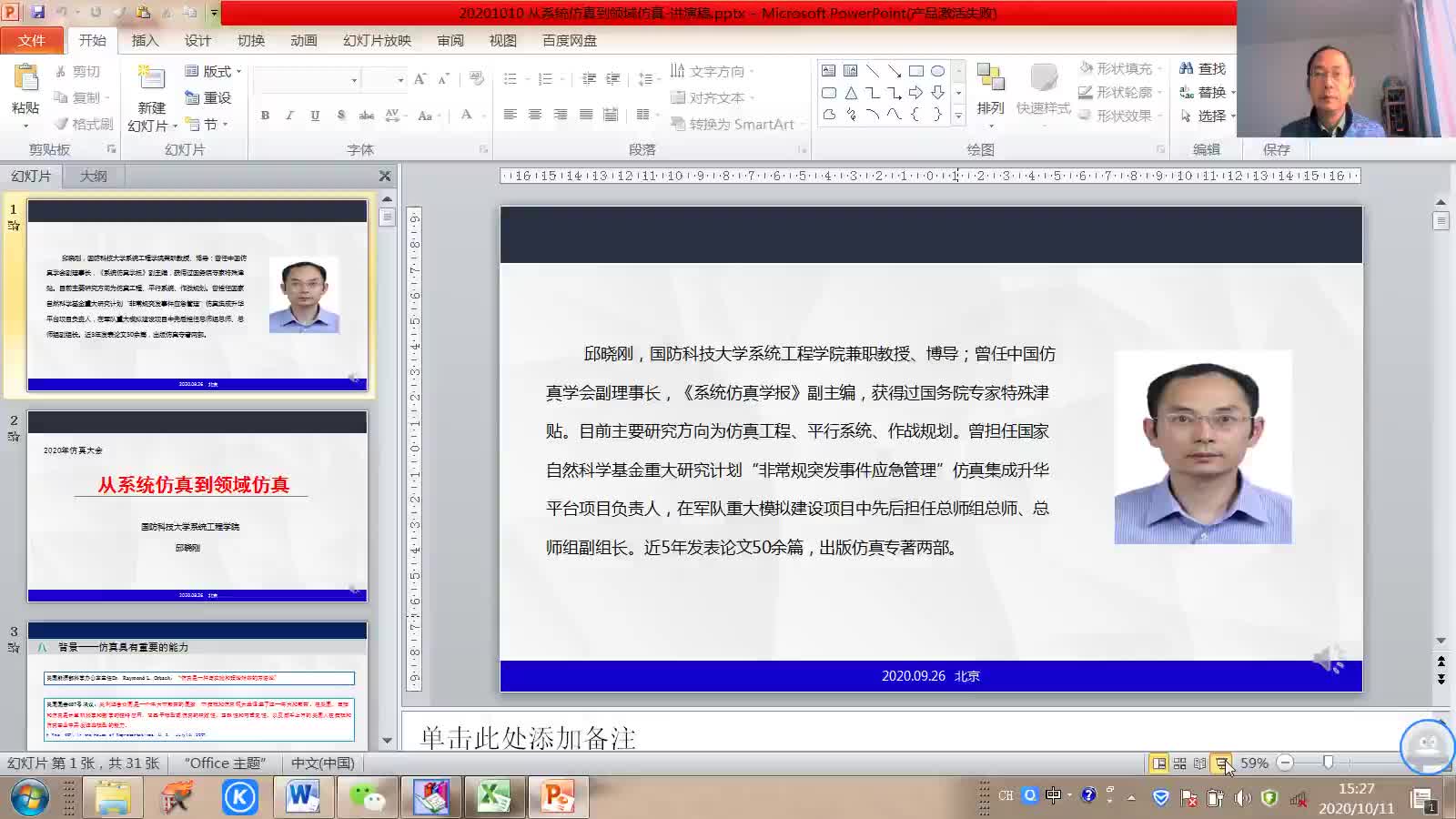Search scope:
排序: Display mode:
Emerging contaminant control: From science to action
Frontiers of Environmental Science & Engineering 2022, Volume 16, Issue 6, doi: 10.1007/s11783-022-1559-y
Keywords: Emerging contaminants Priority pollutants PPCPs POPs Control policy
Hongtao WANG, Huayong WU
Frontiers of Environmental Science & Engineering 2009, Volume 3, Issue 1, Pages 112-128 doi: 10.1007/s11783-008-0067-z
Keywords: solution library contaminant transport analytical solution dispersion and advection porous media type
The Research of Air Quality and Its Control in Air-conditioning Room
Zou Shenghua,Li Qiang,Yu Meichun,Yang Jinghua
Strategic Study of CAE 2007, Volume 9, Issue 3, Pages 82-86
Keywords: indoor air quality mass fraction of contaminant outside air volume control simulation
Aifeng Zhai, Xiaowen Ding, Lin Liu, Quan Zhu, Guohe Huang
Frontiers of Environmental Science & Engineering 2020, Volume 14, Issue 3, doi: 10.1007/s11783-020-1223-3
Keywords: Sudden water pollution accident Total phosphorus Predictive model Contaminant simulation Water scheduling
Frontiers of Agricultural Science and Engineering 2023, Volume 10, Issue 3, Pages 479-491 doi: 10.15302/J-FASE-2023480
● LFD was treated by fly ash-based chemical precipitation and CO2 mineralization.
Keywords: anaerobic digestion chemical oxygen demand fly ash ion removal total phosphate
Frontiers of Chemical Science and Engineering 2022, Volume 16, Issue 6, Pages 939-949 doi: 10.1007/s11705-022-2152-4
Keywords: metal-organic framework polymer microparticle nanocatalyst decontamination organic contaminant
Kunlun XIN, Tao TAO, Yong WANG, Suiqing LIU
Frontiers of Environmental Science & Engineering 2012, Volume 6, Issue 6, Pages 839-848 doi: 10.1007/s11783-012-0409-8
Keywords: water distribution network hazard vulnerability contaminant accident

The extension of simulation —— from system simulation to domain simulation
28 Nov 2020
Keywords: 仿真技术
Modified pretreatment method for total microbial DNA extraction from contaminated river sediment
Yun FANG,Meiying XU,Xingjuan CHEN,Guoping SUN,Jun GUO,Weimin WU,Xueduan LIU
Frontiers of Environmental Science & Engineering 2015, Volume 9, Issue 3, Pages 444-452 doi: 10.1007/s11783-014-0679-4
Keywords: river sediment DNA extraction contaminant pretreatment microbial community
Development and Application of Simulation Technology
Wang Zicai
Strategic Study of CAE 2003, Volume 5, Issue 2, Pages 40-44
This paper discusses the developing process of simulation technology in view of its development, maturationThen this paper introduces the application of simulation technology in the fields of national economyFinally, this paper analyzes the level and status quo of home and overseas simulation technology, and
Keywords: simulation technology system simulation hardware in loop simulation distributed interactive simulation
Zhengqing Cai, Xiao Zhao, Jun Duan, Dongye Zhao, Zhi Dang, Zhang Lin
Frontiers of Environmental Science & Engineering 2020, Volume 14, Issue 5, doi: 10.1007/s11783-020-1263-8
Keywords: Stabilized nanoparticle In-situ remediation Organic contaminant Soil remediation Groundwater Fate
Numerical simulation of benzene transport in shoreline groundwater affected by tides under different
Frontiers of Environmental Science & Engineering 2022, Volume 16, Issue 5, doi: 10.1007/s11783-022-1540-9
● An approach for assessing the transport of benzene on the beach was proposed.
Keywords: Numerical simulation Benzene Transport and fate Shoreline Groundwater Tide
Numerical simulation of micro scale flowing and boiling
Wen WANG, Rui ZHUAN,
Frontiers in Energy 2009, Volume 3, Issue 4, Pages 396-401 doi: 10.1007/s11708-009-0049-2
Keywords: volume-of-fluid (VOF) micro channel nucleate boiling bubble dynamics simulation
CFD simulation on membrane distillation of NaCl solution
Zhaoguang XU, Yanqiu PAN, Yalan YU
Frontiers of Chemical Science and Engineering 2009, Volume 3, Issue 3, Pages 293-297 doi: 10.1007/s11705-009-0204-7
Keywords: membrane distillation computational fluid dynamics (CFD) simulation temperature polarization carbon membrane
Numerical simulation of multi-body floating piers to investigate pontoon stability
Mostafa Shahrabi, Khosrow Bargi
Frontiers of Structural and Civil Engineering 2013, Volume 7, Issue 3, Pages 325-331 doi: 10.1007/s11709-013-0209-7
Keywords: coastal structures numerical simulation floating pier rigid pontoons stability
Title Author Date Type Operation
Analytical solutions of three-dimensional contaminant transport in uniform flow field in porous media
Hongtao WANG, Huayong WU
Journal Article
The Research of Air Quality and Its Control in Air-conditioning Room
Zou Shenghua,Li Qiang,Yu Meichun,Yang Jinghua
Journal Article
Total phosphorus accident pollution and emergency response study based on geographic information system in Three Gorges Reservoir area
Aifeng Zhai, Xiaowen Ding, Lin Liu, Quan Zhu, Guohe Huang
Journal Article
EFFICIENT CONTAMINANT REMOVAL FROM LIQUID DIGESTATE OF PIG MANURE BY CHEMICAL PRECIPITATION AND CO MINERALIZATION
Journal Article
Hierarchical porous metal-organic frameworks/polymer microparticles for enhanced catalytic degradation of organic contaminants
Journal Article
Hazard and vulnerability evaluation of water distribution system in cases of contamination intrusion accidents
Kunlun XIN, Tao TAO, Yong WANG, Suiqing LIU
Journal Article
The extension of simulation —— from system simulation to domain simulation
28 Nov 2020
Conference Videos
Modified pretreatment method for total microbial DNA extraction from contaminated river sediment
Yun FANG,Meiying XU,Xingjuan CHEN,Guoping SUN,Jun GUO,Weimin WU,Xueduan LIU
Journal Article
Remediation of soil and groundwater contaminated with organic chemicals using stabilized nanoparticles: Lessons from the past two decades
Zhengqing Cai, Xiao Zhao, Jun Duan, Dongye Zhao, Zhi Dang, Zhang Lin
Journal Article
Numerical simulation of benzene transport in shoreline groundwater affected by tides under different
Journal Article
CFD simulation on membrane distillation of NaCl solution
Zhaoguang XU, Yanqiu PAN, Yalan YU
Journal Article








